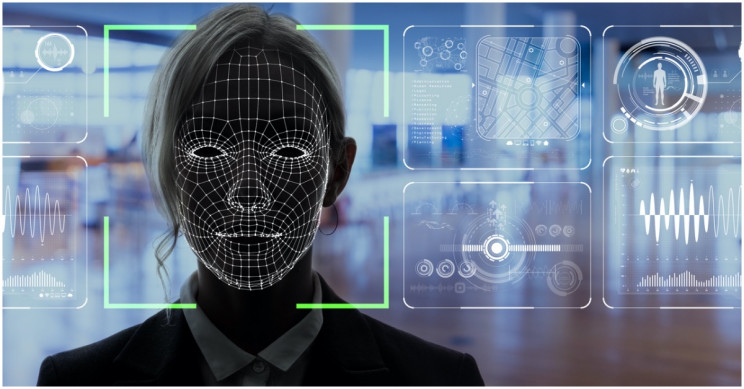The Performance Of Your Facial Recognition Model Depends On The Data You Feed It

Apart from helping us unlock our phones, facial recognition is used in criminal identification, optimize public safety and security, make banking and finance more secure, prevent shoplifting and more.
The adoption of facial recognition across the world is so extensive that the global value is expected to be around $7bn by the year 2024. Not just that, in the next couple of years, close to 97% airports will be incorporating recognition technology.
However, deploying facial recognition technology in a business, venture or an initiative is not an easy task. Technically, there are tons of challenges involved in terms of developing the right artificial intelligence models, building precise machine learning and deep learning algorithms, defining data sourcing or data collection strategies and more.
For a facial recognition model to identify one particular face or emotion, it has to go through millions of datasets. This is because for it to learn what a smile is, it also has to learn what a smile isn’t. It has to go through millions of datasets on emotions like anger, resentment, regret, contentment and more to differentiate a simple smile from the rest.
And this brings us to the topic of the importance of the right dataset for your facial recognition model.
What role does the quality of a dataset play in the efficiency of a facial recognition model?
Is data more important than algorithms?
Well, let’s find out.
The Significance of Right Data Sets For Facial Recognition Performance
One of the major hindrances to the efficient functioning of machine learning algorithms is the feeding of poor-quality data sets. The unavailability of quality data will plague the decision-making and analytical skills of the model you are trying to build, completely compromising its purpose. All your intentions with predictive and prescriptive analytics will be skewed with your model spewing incorrect and haphazard results.
To avoid these, it is on us to feed the modules with the right datasets and by right datasets, we mean the data needs to be:
- generated or collected from correct, appropriate and relevant sources
- adequately labelled or annotated
- de-duped
- and unbiased and devoid of assumptions
A facial recognition model is only as effective as the data it processes and if the data is improper or inadequate, the processing model has no true purpose or acceptable outcome. That’s exactly why data collection and annotation is crucial in building recognition models.
How Data Annotation Optimizes Facial Recognition Models
Some may think that data in facial recognition is just a repository of images of faces, however, these chunks of images cannot be directly fed to a facial recognition model. If you do, the model wouldn’t know what the image is, what it means or what to do with it. To help the model better understand, we annotate or label the data by assigning diverse attributes and parameters.
This could be as simple as drawing bounding boxes to developing semantic segmentation techniques, where every single pixel of the image is given a meaning. This helps the model differentiate, for instance, an eye from an eyebrow, a nose from an ear and more.
The more such data the model is fed, the better it becomes at recognizing the nuances of the human face. In complex cases, data annotation can also be used to define emotions, moods and behaviours of people for the models to understand.
Despite sounding simple, the next challenge in the process is the availability of massive datasets to train the models. To build a facial recognition system, millions and millions of images have to be sourced and fed. And that’s where expert data annotators and AI ventures such as Shaip come in. With their repository of relevant images and data sourcing strategies, they can help train your models with the most appropriate data.
Facial Recognition: Use Case
When the model is trained with the right dataset, it can be used to perform diverse actions. To give you an idea of the most effective real-world applications of facial recognition, here’s a quick list.
Facial recognition is used in –
- the detection of missing persons/children
- prevent shoplifters from indulging in retail crimes
- rolling out smarter and more personalized advertisements
- helping the blind community communicate better with haptic feedback and notifications
- optimizing law enforcement with real-time details on criminals and individuals in vicinity
- social media channels for tagging purposes
- diagnosing diseases by detecting changes in the face that can go unnoticed to the naked eye
- making schools airtight from threats and attacks
- tracking and monitoring classroom attendance
- preventing cheating and fraudulent transactions in casinos
Wrapping Up
Facial recognition has more use cases than we can imagine and with our implementations today, we are only scratching the surface. As the use cases become more advanced and requirements become more complex, comprehensive data annotation techniques would be needed to train highly sophisticated algorithms and keep pushing the boundaries of facial recognition innovation.
Are you prepared for the future?
Author Bio:

























